The creatures of Avatar & Avatar: The Way of Water
As the world of Pandora returns to theaters, we learn a bit more about the distinct creatures, old and new, that roam the gorgeous locations of the Avatar movies.
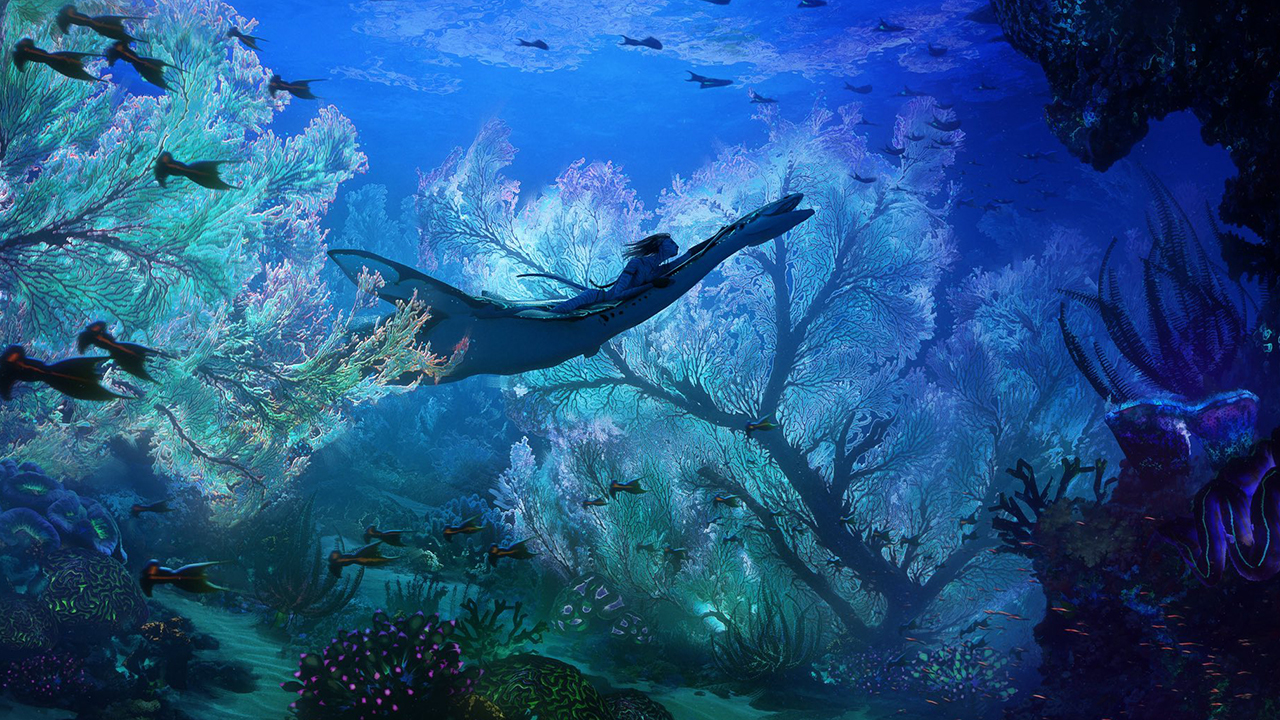
It’s finally here: Avatar 2: The Way of Water is now playing in theaters worldwide and aiming to make big bucks at the box office. Then, on December 20, 2024, those who enjoyed the first of the four planned sequels will watch Avatar 3. If you’re wondering whether Avatar 4 and 5 are happening or not, those entries will move forward or be cancelled depending on The Way of Water’s performance. For now, let’s focus on the present and enjoy what Pandora has to offer, including the creatures of Avatar.
On top of the big-screen blockbusters, the folks at Ubisoft’s Massive Entertainment have been developing a sprawling open-world Avatar game for a while. Avatar: Frontiers of Pandora was officially unveiled in 2021, and aims to hit next-gen consoles and PC in 2023 after a huge delay.
Much has been said and written for over a decade about Pandora’s natives and the real science of Avatar behind the whole. Moreover, the distant moon’s bestiary has been equally studied and detailed by both Cameron’s team and the legions of diehard fans. We already dedicated an article to the Avatar spaceships and vehicles of the first movie, and now here’s a recap of the most iconic creatures.
If you want to learn more about the sequel’s visual magic, check out an exciting Avatar: The Way of Water featurette, or maybe relive the epic second Avatar: The Way of Water trailer before going to the nearest cinema.
Mountain banshee (ikran)
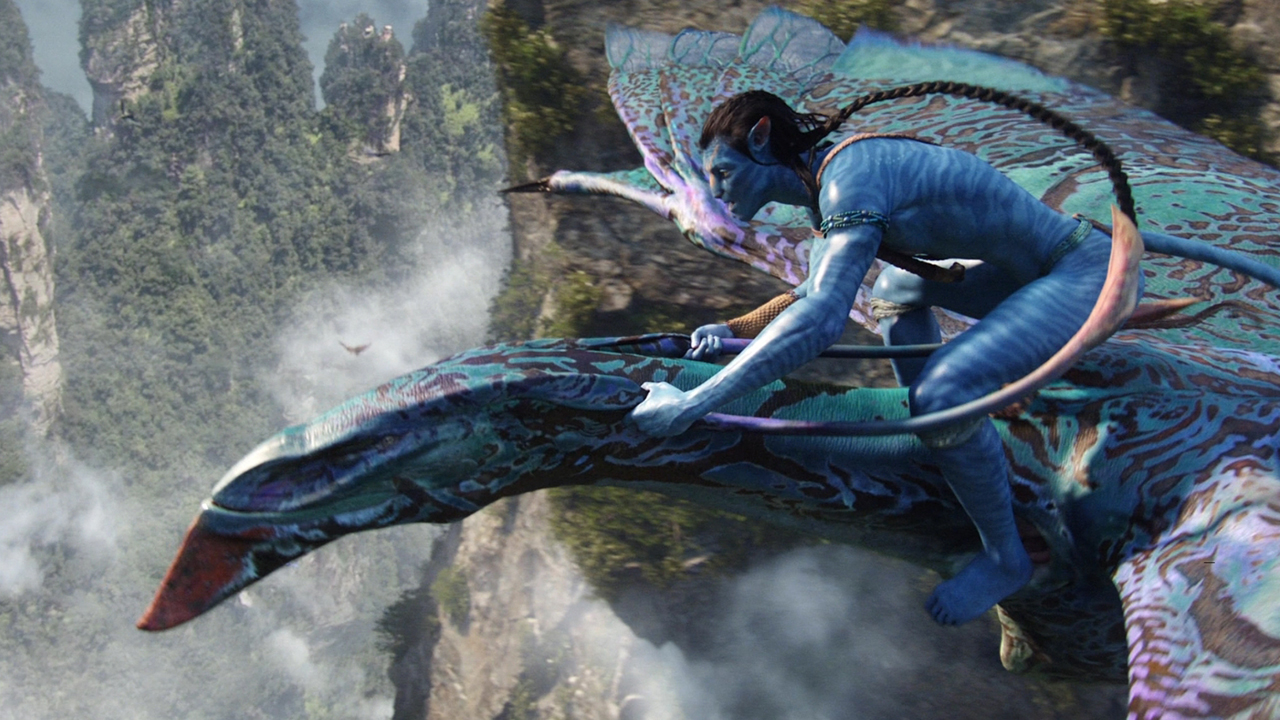
We kick off this list with the iconic banshee, the aerial ride used throughout the first movie by the Na’vi hunters and warriors. The subspecies we’ve seen on the big screen is the mountain banshee, but the smaller forest banshees (ikranay) were introduced in supplementary material and the simulator ride Flight of Passage.
Like many of Pandora’s creatures, the biologically produced carbon-fiber makes the banshees’ bones much lighter and stronger than any organic equivalent from Earth. Though reptilian in appearance, the banshees have a bird-like metabolism that generates heat which is cooled by “air inlets” facing forward at the front of their chest cavity.
Hammerhead titanothere (angtsìk)
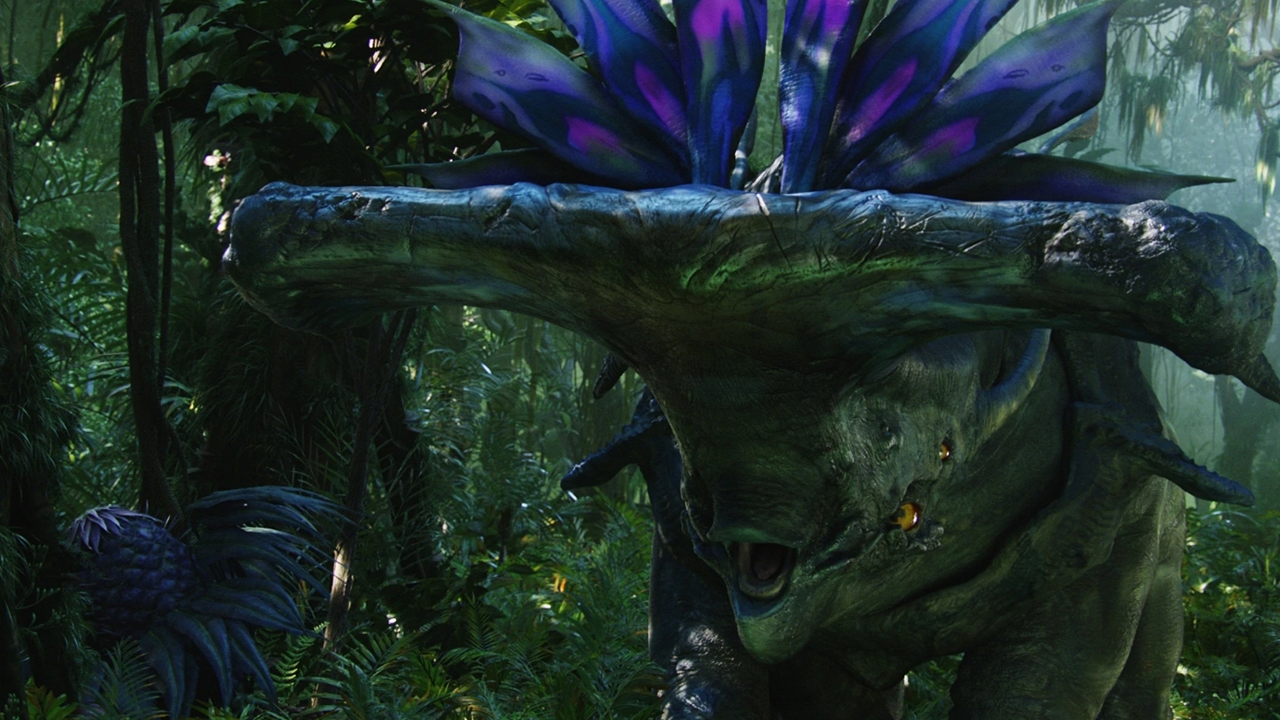
Almost twice the size of a Terran elephant, the hammerhead is one of Pandora’s largest land herbivores. As seen in the original movie, these fairly social animals can be extremely territorial and use a beautiful display crest when confronted (and when competing for a mate too).
While hammerheads have poor distance vision, they make up for that with acute hearing and an impressive sense of smell. Like many other Pandoran land creatures, they have six limbs which allow them to pivot rapidly and reach surprisingly high charging speeds.
Direhorse (pa’li)
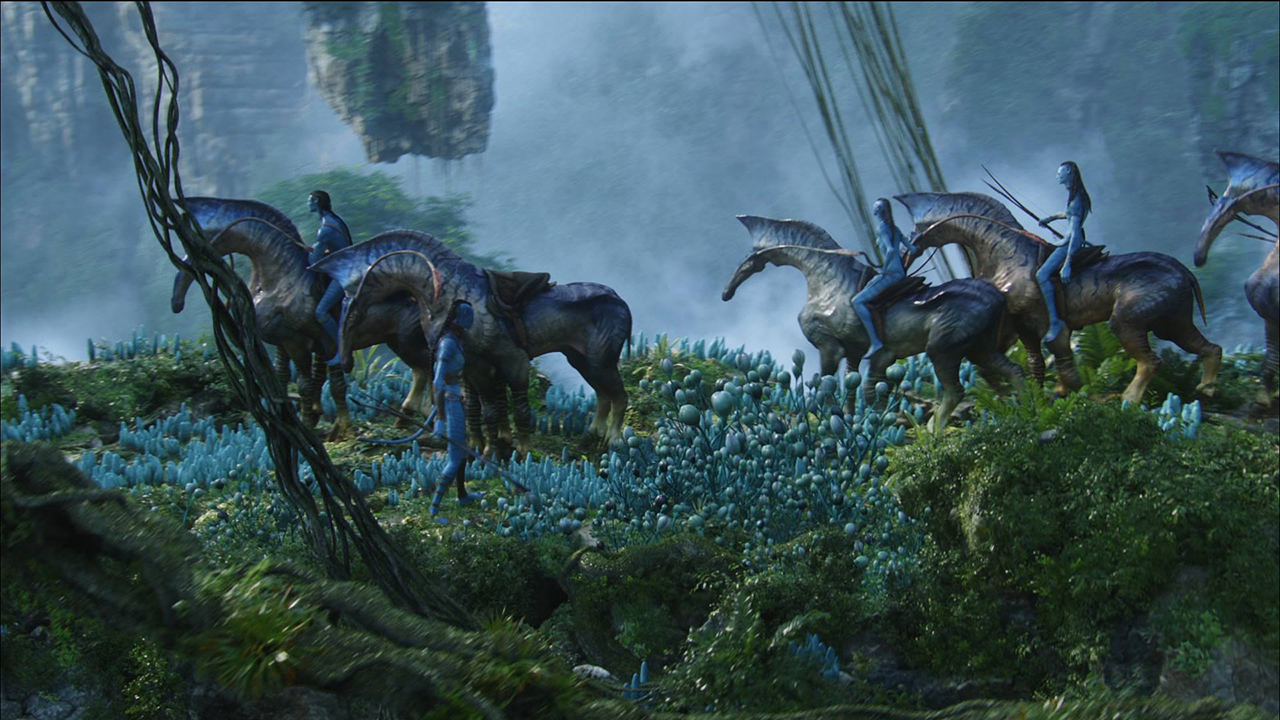
Direhorses are the go-to land rides used by the Na’vi warriors. Although they resemble Terran horses in appearance, their necks are longer, plus they have six legs and are roughly the size of an elephant. Another big difference is that direhorses are omnivores accustomed to eating insects, though they usually feed on sap thanks to their giraffe-like tongue.
Like most Pandoran animals, the direhorses’ two antennae (neural whips) allow them to connect with the Na’vi and basically serve as extension of their bodies when their minds are joined together, freeing up the humanoids to use bows and other weapons.
Great leonopteryx (toruk)
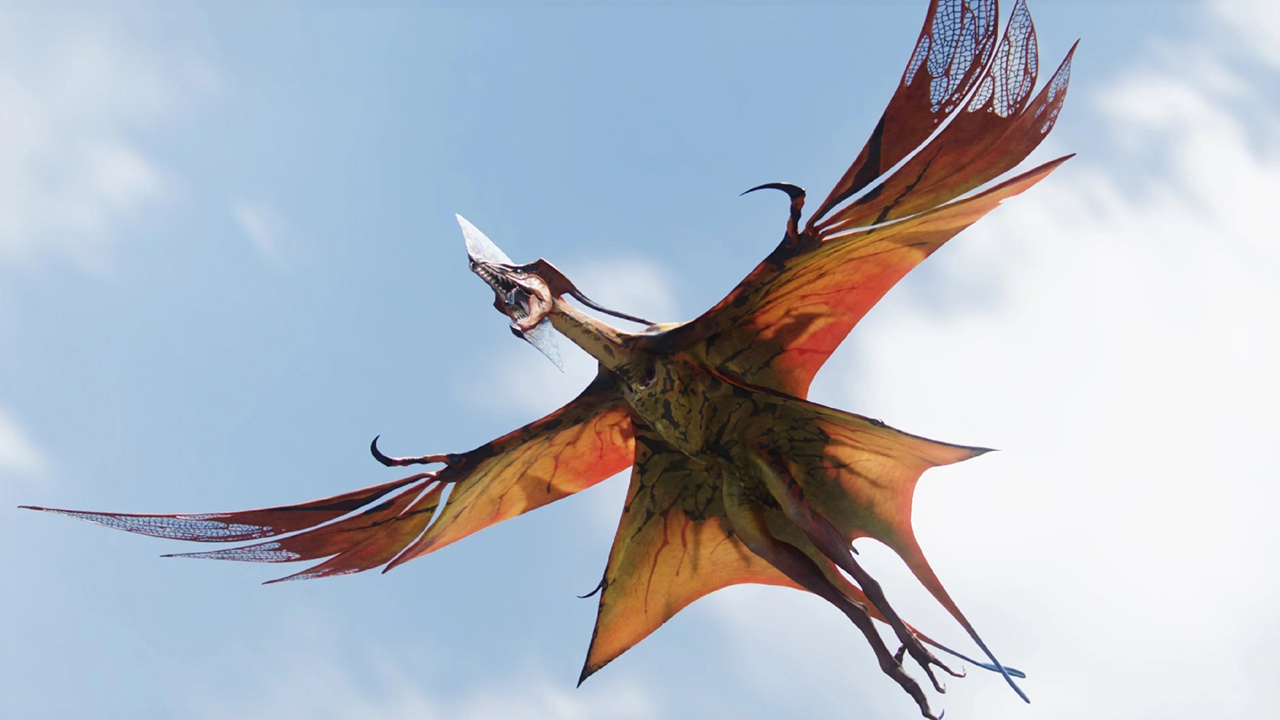
Its Na’vi name (toruk) means “last shadow,” and with good reason: the great leonopteryx is the apex aerial predator of the Pandoran skies. Their fierceness and impressive size – its wingspan is more than 25 meters – have given these animals a central place in Na’vi lore and culture, as seen in the first movie.
The leonopteryx prefers to attack from above, feeding mainly on mountain and forest banshees. And unlike those flying creatures, it retains all six limbs commonly seen in Pandoran land animals. This fearsome, brightly-colored hypercarnivore has no known natural enemies.
Thanator (palulukan)
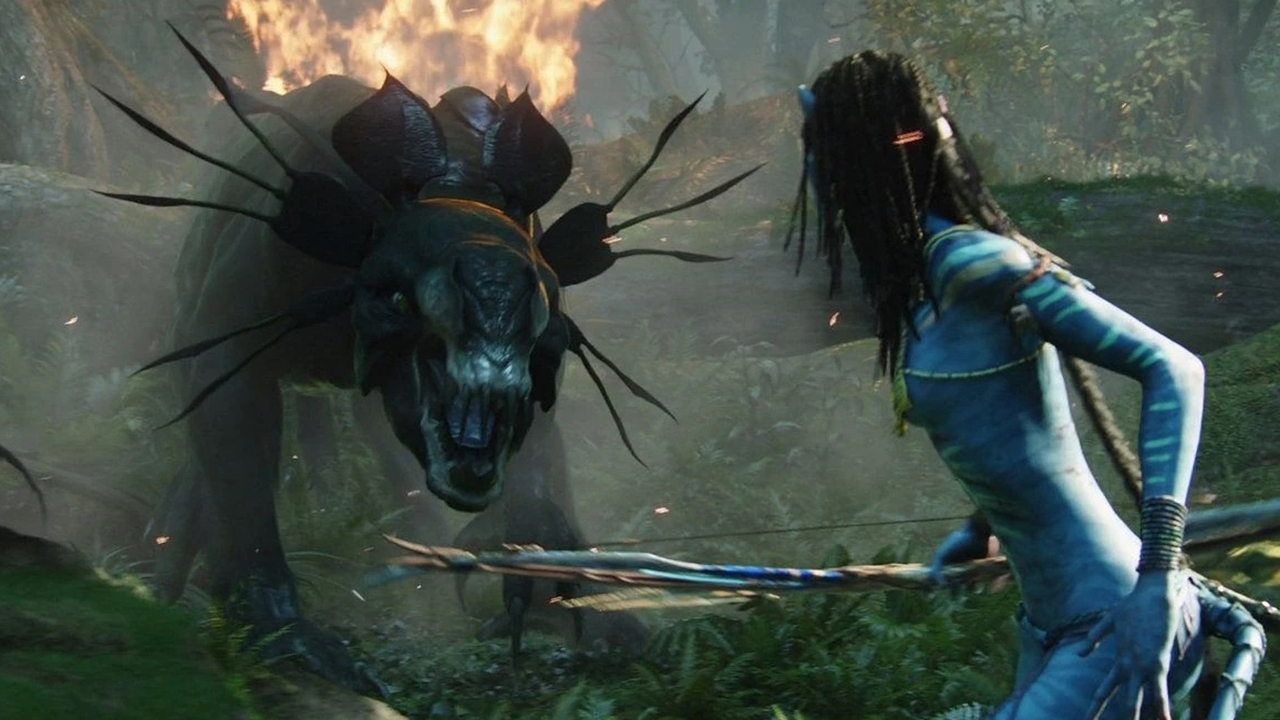
If the great leonopteryx is the king of the sky, then the thanator rules on land. Human xenobiologists believe it may be the apex land predator on Pandora, as it strikes fear into other large terrestrial carnivores. Even the Na’vi, renowned for their courage and hunting skills, tend to avoid this menace.
To humans, the thanator looks like a massive feline-like creature. And much like its Terran “cousins”, this predator is agile and surprisingly strong. On top of its swift jaw strike and terrifying claws, the thanator can deliver lethal blows with an armored tail and detect prey up to 13 kilometers away.
Ilu
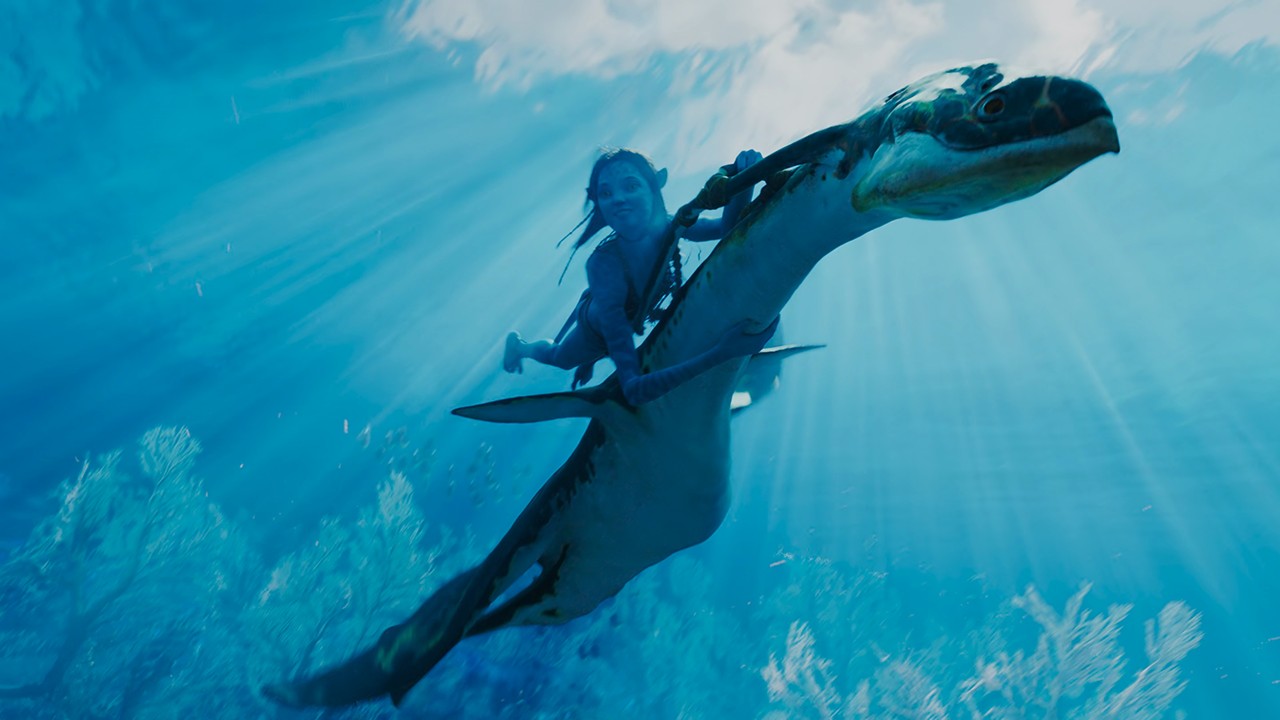
This plesiosaur-like creature was first introduced in the Flight of Passage ride, but has a sizable presence in The Way of Water. While it may look scary, the ilu is the aquatic equivalent of the direhorse, so the reef Na’vi clans, have easily domesticated them – including the Metkayina, from the second Avatar.
Ilus have four eyes and two long neural whips extending from the temples. Their common coloration is a dark upper body with scattered colorful markings and a white underbelly. They’re intelligent and highly sociable among themselves and towards other species.
Skimwing (tsurak)
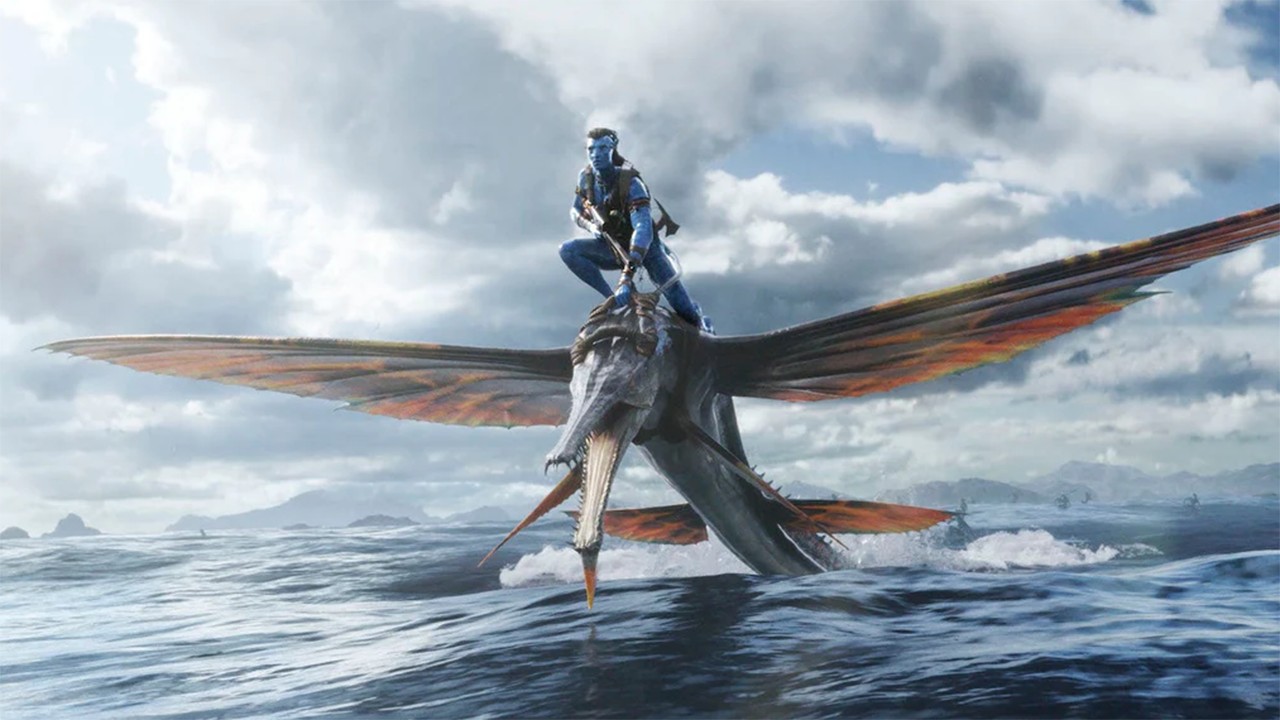
Prominently seen in The Way of Water’s previews, the skimwing shares a common evolutionary ancestor with the banshee. As such, the Na’vi that live near the oceans use this animal for hunting larger prey.
Though they’re comfortable flying above the water, skimwings typically use their powerful tail in the water to propel themselves upward and forward. During flight, they breathe through two nostrils located on top of their heads, but they also have gills which allow them to breathe underwater.
Tulkun
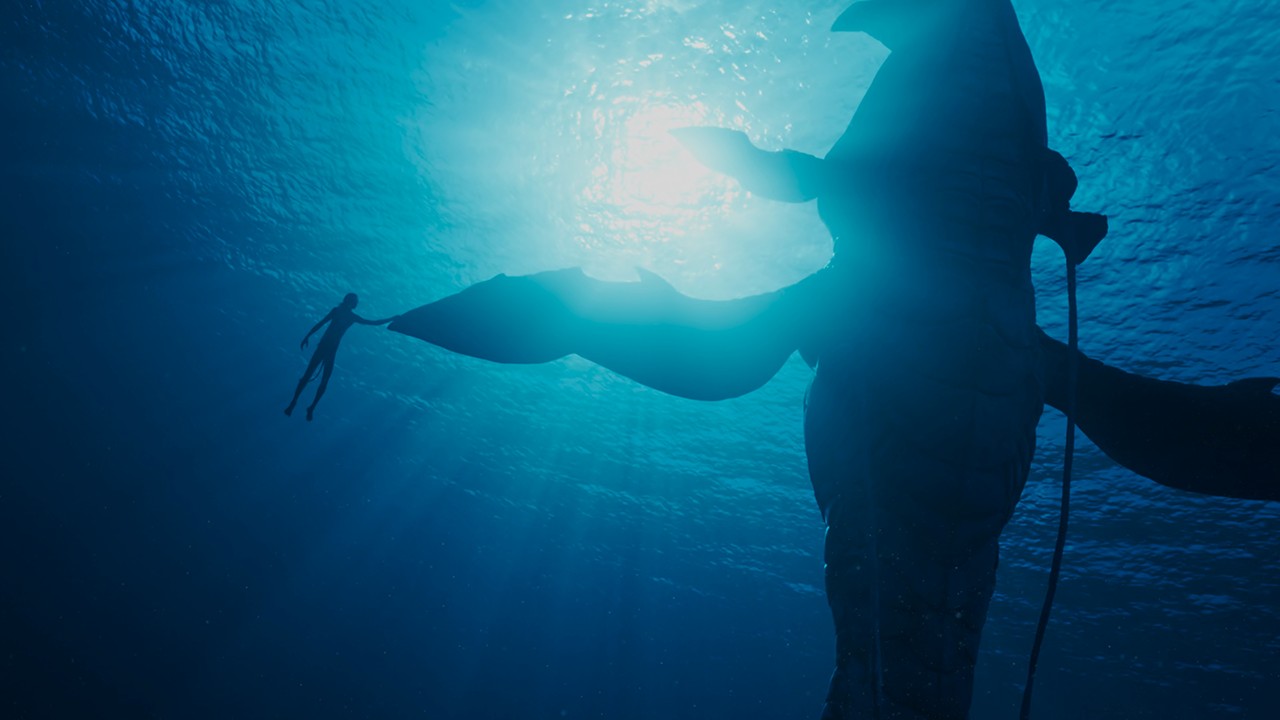
Tulkuns are massive whale-like creatures and are around 90 meters long when fully grown. They’re as intelligent as the Na’vi and have formed a culture amongst themselves, including an ancient doctrine that forbids all forms of killing.
Much like Terran dolphins, tulkuns are highly linguistic and can communicate with the Na’vi and establish lifelong bonds with them. They are very close to the Metkayina clan; they celebrate each other’s families and mourn losses together.
Join our Space Forums to keep talking space on the latest missions, night sky and more! And if you have a news tip, correction or comment, let us know at: community@space.com.
Get the Space.com Newsletter
Breaking space news, the latest updates on rocket launches, skywatching events and more!
Fran Ruiz is our resident Star Wars guy. His hunger for movies and TV series is only matched by his love for video games. He got a BA of English Studies, focusing on English Literature, from the University of Malaga, in Spain, as well as a Master's Degree in English Studies, Multilingual and Intercultural Communication. On top of writing features and other longform articles for Space.com since 2021, he is a frequent collaborator of VG247 and other gaming sites. He also serves as associate editor over at Star Wars News Net and its sister site, Movie News Net.











